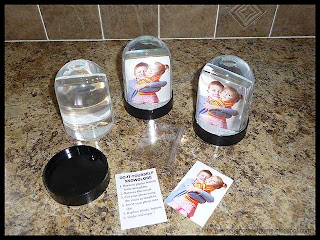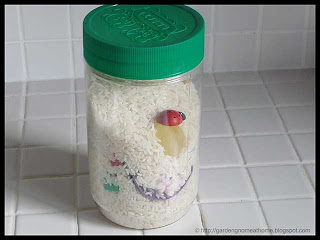This has been a frustrating but exciting year for us on the homemaking front. With our primary residence up for sale and house hunting for most of the year a lot of things have been put on hold. On the other hand with the purchase of our vacation home we have had a good deal of fun getting it equipped for renting out when we aren't there.
What was rather fun about getting the vacation home equipped was being able to buy pretty much everything new, something when first setting up a home usually isn't possible. We even discovered 'beds in a bag'! Oh sure I had bought these as gifts for others but had never bought one for ourselves. Within minutes the vacation home beds were gorgeously co-ordinated looking very much motelish. All my bath and kitchen towels match perfectly at the vacation home. We bought cutesy bedroom lamps, whimsical and definitely not our regular at home look. We bought 2 throws for the livingroom and while they are nice they are the handmade crocheted or knitted throws we are used to.
There's a down side to that aside of the cost though as there's no history or emotion attached to the 'stuff' used to fill the home. There is none of that 'have to have spoon' because that is special or the 'remember when stains'. We ended up bringing down several things from our primary home just to make our vacation home feel more like ours. I'm sure as we visit more it will become our home away from home as well but for now it is new. It even smells new!
Overall, we are excited and looking forward to changes in 2011!
Garden Gnome
©2006-2010


























